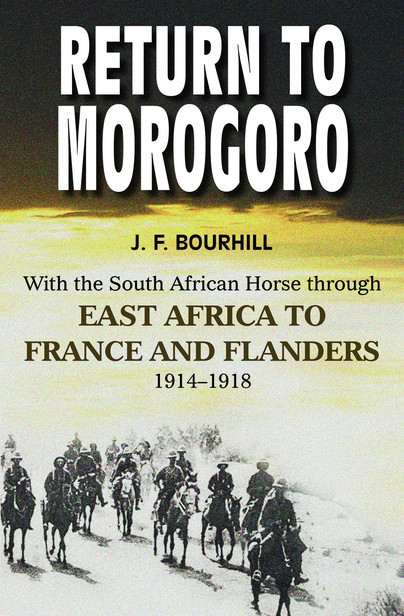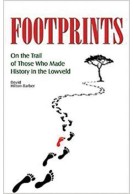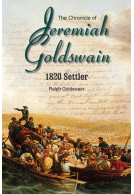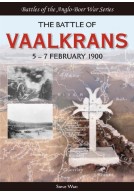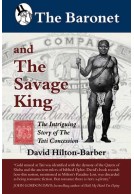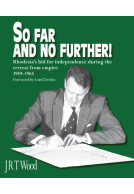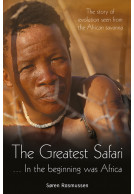Google Books previews are unavailable because you have chosen to turn off third party cookies for enhanced content. Visit our cookies page to review your cookie settings.
Return to Morogoro (Paperback)
With the South African Horse through East Africa to France and Flanders, 1914–1918
Imprint: 30 Degrees South Publishers
Pages: 256
Illustrations: 80 b/w photos, 5 maps
ISBN: 9781928211747
Published: 6th January 2015
Pages: 256
Illustrations: 80 b/w photos, 5 maps
ISBN: 9781928211747
Published: 6th January 2015
You'll be £16.95 closer to your next £10.00 credit when you purchase Return to Morogoro. What's this?
+£4.99 UK Delivery or free UK delivery if order is over £40
(click here for international delivery rates)
Need a currency converter? Check XE.com for live rates
(click here for international delivery rates)
Need a currency converter? Check XE.com for live rates
The past is brought to life in this historical epic about a South African family whose lives collided with the biggest event in history: the First World War. The central theme is the largely forgotten East Africa campaign, but by definition a world war has a wide reach. Five members of one family with deep roots in all four corners of the country, served in three different theatres of war. Their lives on active service are all interwoven and inseparable from the home front. Global events are juxtaposed with everyday life on a farm in the eastern Orange Free State. Appropriately, the author constructs linkages that span generations, uncovering individual experiences of an earlier conflict which had engulfed South Africa barely a decade before the eruption of the 1914–18 war. As the sons of early pioneers, this generation witnessed history in the making before writing their own. Riding into action on horseback or in a flying machine, their paths led from the South West African desert, through disease-infested jungles in East Africa to some of the great battles on the Western Front. Only one of the five came home unscathed although he crash-landed his aircraft behind enemy lines and only made it back through his audacity and brute strength. Another, an intellectual priest, was left for dead at Delville Wood, and his brother was wounded on Messines Ridge. The remaining two suffered from debilitating tropical illnesses. Hazard and hardship lingered on in the form of Spanish influenza, mining strikes and the Great Depression. The war cast a long shadow. Between them, these consciously literate men left substantial documentary legacies. Using extracts of their letters from the front, the story is to a large extent told in the words of those who were there. Context is provided by referencing existing literature, unpublished memoirs and archival material. It could be called a military history or a social history, but it is a truly South African story which contains much new material for historians, while for the general reader it offers an accessible insight into an unparalleled period of history.
Other titles in 30 Degrees South Publishers...







